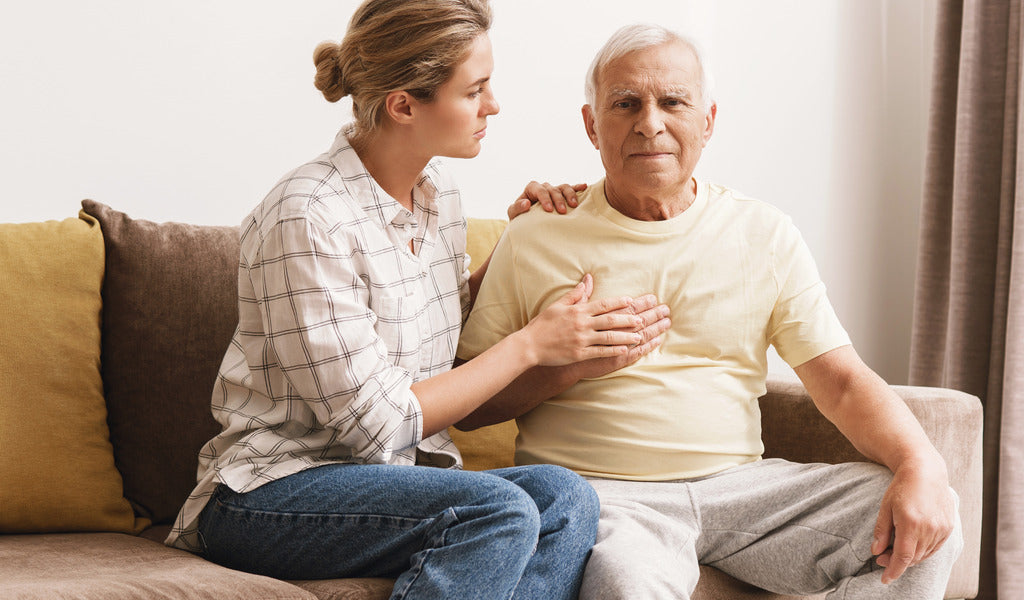
Heart Patient: Exercise at Home
Share
Exercise is essential for cardiovascular health, even for those who have already been diagnosed with heart disease. However, it's crucial that physical activity be adapted to each individual's needs, ensuring safety and risk-free benefits. In this article, we discuss the importance of exercise for heart patients, the types of activities recommended, and some tips for safely exercising at home.

Benefits of Exercise for Heart Patients
Moderate, supervised physical activity can bring several benefits to those with heart disease, such as:
- Improved cardiovascular function : Strengthens the heart and improves the efficiency of the circulatory system.
- Lowering blood pressure : Regular exercise helps control blood pressure.
- Body weight control : Physical activity helps maintain a healthy weight, reducing the load on the heart.
- Lower cholesterol and risk of new complications .
- Improved psychological well-being : Reduces stress, anxiety and depression.
Recommended Exercise Types
Before starting any training program, it's essential to consult a doctor or cardiac rehabilitation specialist. With this authorization, some safe options for practicing at home include:
1. Low-Intensity Aerobic Exercises
- Light walk indoors or in the yard
- Go up and down stairs slowly
- Soft dance
2. Stretching and Mobility
- Gentle movements for neck, shoulders, legs and spine
- Joint mobilization exercises to improve flexibility
3. Bodyweight Strength Exercises
- Chair-assisted squats
- Lifting light objects (water bottles, for example)
- Seated leg and arm raises
4. Breathing and Relaxation Exercises
- Deep inhalation and controlled exhalation
- Meditation and light yoga practices
Tips for Safe Exercise
- Monitor your heart rate : Use a heart rate monitor or take breaks to feel your heart rhythm.
- Respect your body's signals : If you experience dizziness, excessive shortness of breath, chest pain or palpitations, stop immediately and consult a doctor.
- Stay hydrated : Water is essential for regulating body temperature and blood flow.
- Avoid overexertion : Train at a comfortable pace and take breaks whenever necessary.
- Choose a safe environment : Airy space, without objects that could cause falls.
Conclusion
Physical exercise is an important ally for the health of heart patients, as long as it is practiced safely and adapted to individual needs. With medical guidance and precautions, it is possible to maintain an active and healthy lifestyle at home. Remember: consistency and moderation are key to reaping the benefits without risks.


